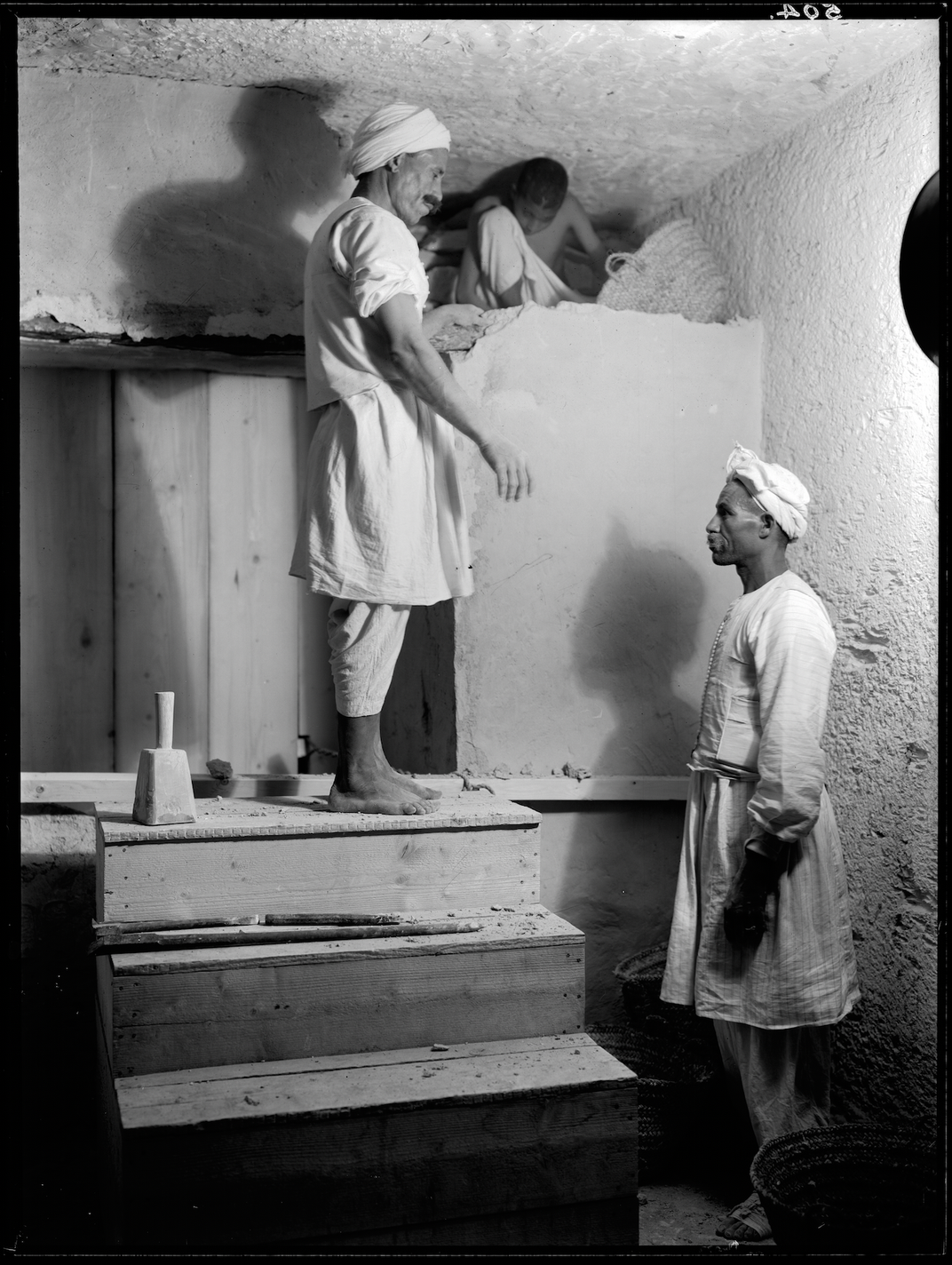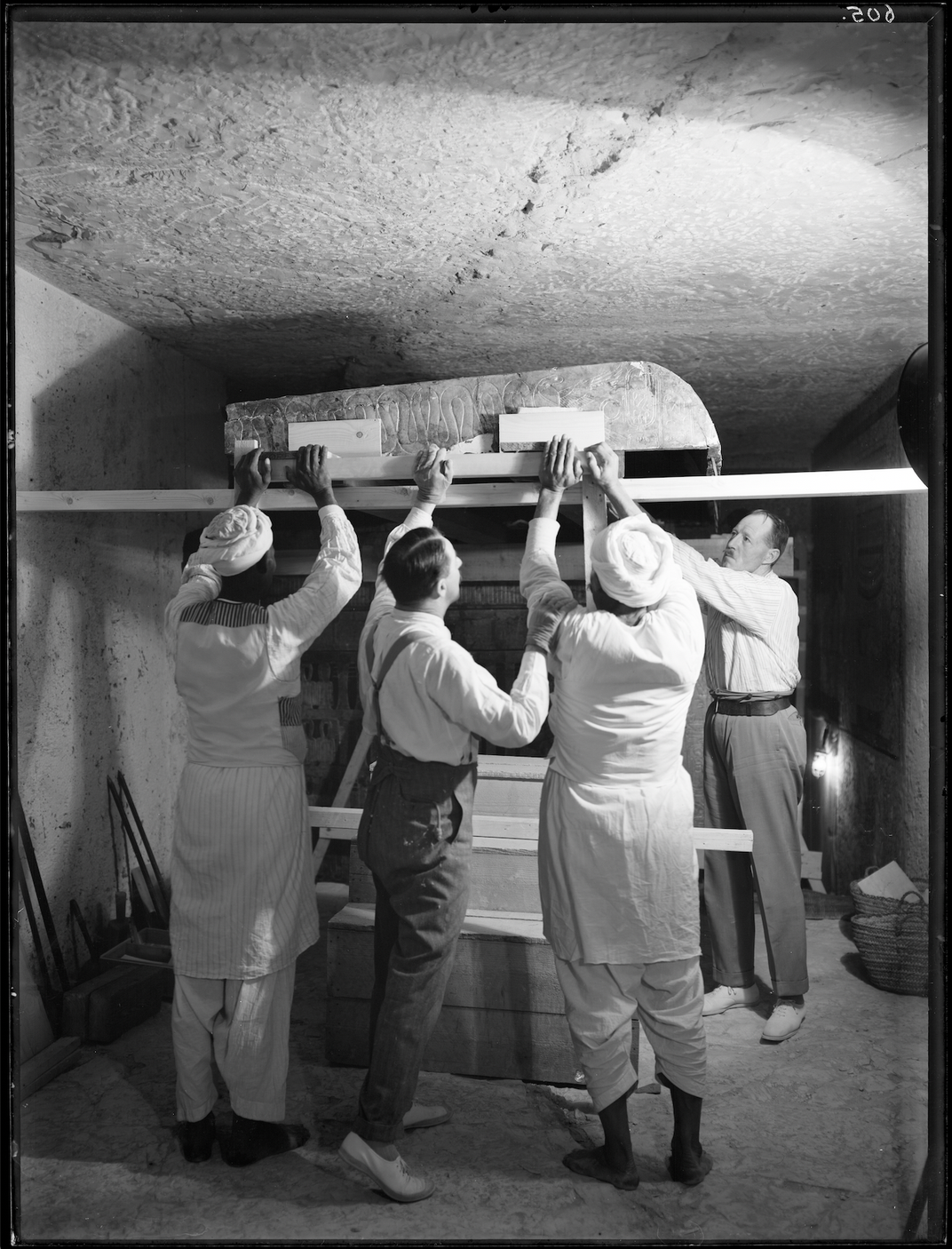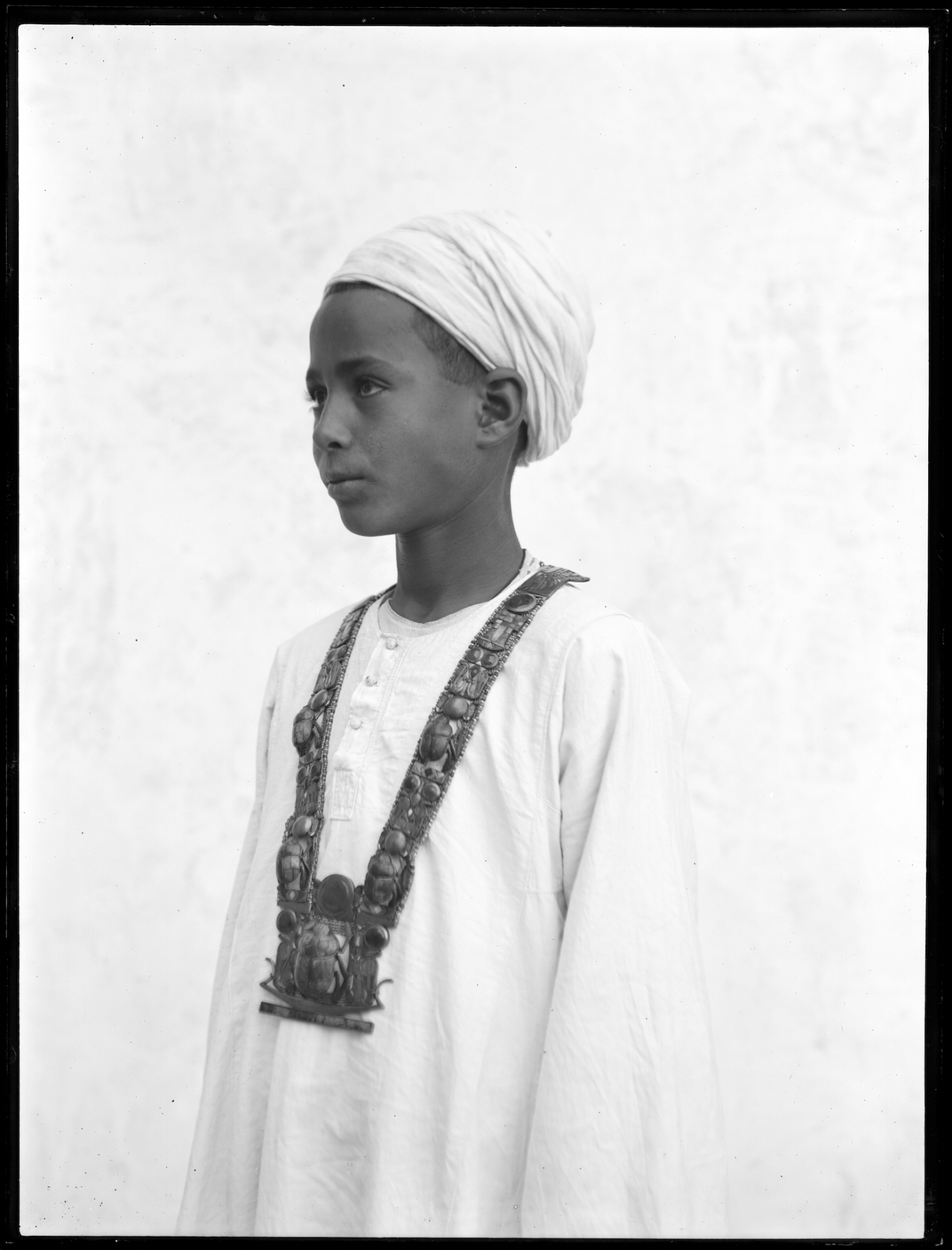CAIRO – 16 May 2022: In November 1922, British archaeologists made history when they found the tomb of pharaoh Tutankhamun in Egypt's Valley of the Kings.
The British did not do this alone. Many skilled Egyptian workers made the discovery possible with their contributions. Although dozens of unnamed Egyptian men and children did a lot of hard physical work at the site and shared their local knowledge and skills, British archaeologist Howard Carter got every bit of the credit for the search.
To this day historians are still unable to match the names of the few Egyptian workers they know with the faces of the local men who were present at every stage of the painstakingly depicted discovery.

Currently, a new exhibition in England is shedding light on the Egyptian workers who made the discovery possible, most of whom have been left out of the historical record. The exhibition "Tutankhamun: Excavating in the Archives" transcends popular colonial stereotypes to display the humanity of those who worked in the tomb," said Richard Bruce Parkinson, an Oxford Egyptologist and co-curator of the exhibition.
Although the exhibition celebrates the centenary of the discovery, it also critiques and reconstructs the prevailing narrative about the discovery of the famous tomb. "The excavation was not done by English archaeologist Howard Carter alone but by members of the modern Egyptian team, who are often overlooked," Parkinson says, according to Smithsonian magazine.


The Egyptian boy believed to be the first to lead Carter to the discovery of Tutankhamun's tomb. Unfortunately, he rarely got credit for that - social media
Born in London in 1874, Carter headed to Egypt for the first time to work on several archaeological sites while perfecting his craft as a painter.
His reputation as an experienced Egyptologist spread, and in 1907, the English aristocrat George Herbert appointed Carter to lead an expedition to search for the tombs of Egyptian kings, including the tomb of Tutankhamun. Although World War I halted research and excavation, Carter and a crew of workers spent several years searching for the tomb to no avail.
In 1922, the same year that Egypt declared independence from Britain after 40 years of direct colonial control, Herbert gave Carter an ultimatum: Find the tomb that season, or the expedition will be over.
Even today the curators cannot match the names of Carter's foremen to the names of the Egyptian men in the photos, nor do they know the names of any of the other men and children who were captured by the famous English archaeologist and photographer Harry Burton's camera.
While Carter valued Egyptian workers, his respect for them was "largely in a very colonial context," Parkinson asserted.
Comments
Leave a Comment